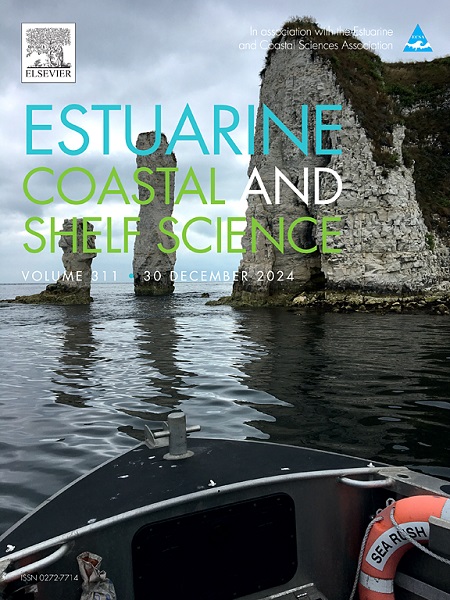Analysis of the vulnerability of the lagoon levees of the Po Delta to coastal flooding in a changing climate
IF 2.6
3区 地球科学
Q1 MARINE & FRESHWATER BIOLOGY
引用次数: 0
Abstract
This study analyses the coastal flooding hazard of the Po River Delta (Italy) area and develops a credible strategy for adaptation to climate change. The Po Delta, located in the north-western Adriatic Sea, is a peculiar coastal environment of great ecological and productive importance. The inland area is protected by different lines of levees, some of which are situated along river branches and others along the perimeters of the lagoons. Following the 1966 extreme storm event, the levees were raised and reinforced. Now, the predicted sea level rise and the subsidence affecting the area pose new warnings that require the possible upgrading of the levees surrounding the lagoons. Extensive field measurements and surveys are available and have been used to classify the 84 km long lagoonal levees. A set of numerical wave and surge results allows the overtopping and overflow discharges to be calculated with analytical tools to highlight the critical stretches along the defence. By 2070, considering the worst IPCC SSP5-8.5 scenario and a typical subsidence rate (6 ÷ 10 mm/y), it is found that ∼36 km of levees require mitigation measures to face the future projections and ∼15 km of them are associated with high level of hazard. The most vulnerable area is the Scardovari lagoon in the southern part of the Delta. The adaptation strategy includes raising the crest of the levees, improving the armour layer and, eventually, constructing low-crested structures or other wave attenuation options within the lagoons.

求助全文
约1分钟内获得全文
求助全文
来源期刊
CiteScore
5.60
自引率
7.10%
发文量
374
审稿时长
9 months
期刊介绍:
Estuarine, Coastal and Shelf Science is an international multidisciplinary journal devoted to the analysis of saline water phenomena ranging from the outer edge of the continental shelf to the upper limits of the tidal zone. The journal provides a unique forum, unifying the multidisciplinary approaches to the study of the oceanography of estuaries, coastal zones, and continental shelf seas. It features original research papers, review papers and short communications treating such disciplines as zoology, botany, geology, sedimentology, physical oceanography.

 求助内容:
求助内容: 应助结果提醒方式:
应助结果提醒方式:


